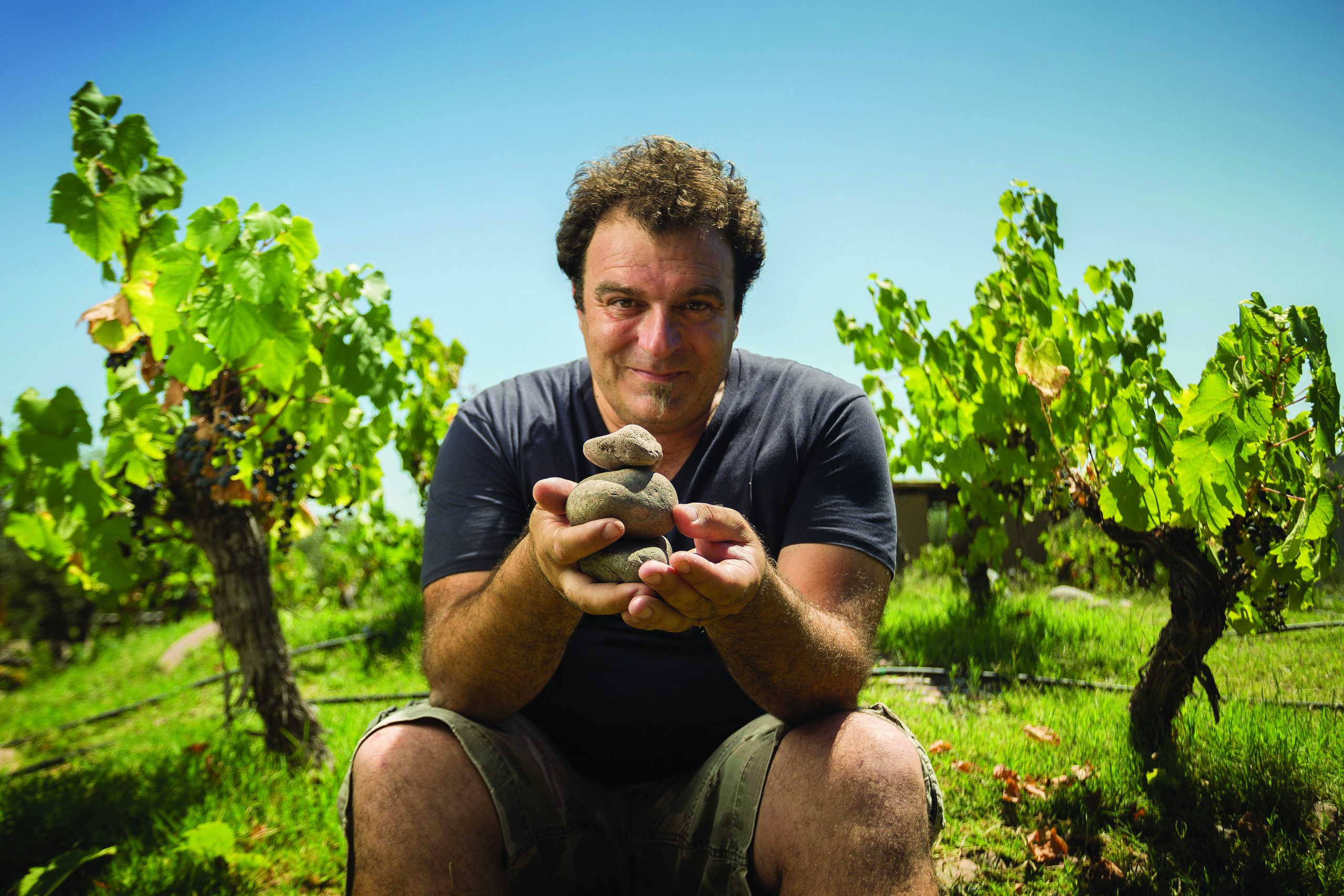Five quirky new Grade II-listed post-war pubs announced
By Phoebe FrenchHistoric England has announced that five pubs, all built post-1945, have been Grade-II listed, including one with a bronze Roman centurion mounted to its exterior wall, another named after a blast furnace and a design inspired by a nursery rhyme.
Image: Historic England
After conducting research into pub design in the post-war period, Historic England has announced that five pubs have been awarded Grade II listed status by the Department for Digital, Culture, Media and Sport.
The public body believes that the post-1945 period is an important era of pub design and saw the establishments become, for the first time, “a full accepted social amenity”.
Immediately after the war, a raft of pubs were built – often as temporary constructions – before building restrictions were lifted in 1954.
From 1954 to the mid-1980s, Historic England found that a “huge quantity” of pubs were built in England, acting as community hubs. Faced with increasing competition from clubs, bars and discos, from the 1960s themed pubs rose to prominence.
Commenting on the announcement, Duncan Wilson, chief executive of Historic England said: “Pubs were springing up in their thousands from the mid-1950s and became the hub of communities. From the Crumpled Horn to the Never Turn Back, these five fascinating post-war pubs are among the best surviving examples of a building type which is embedded in English culture”.
Scroll through to view the five officially recognised pubs, based in Surrey through to Scunthorpe.
The Centurion Public House, Bath, Somerset
Image: Historic England
Built in 1965 by H R Robinson of West Country Breweries, The Centurion is located on the Twerton estate with views towards Lansdown. An example of a themed pub, it has a large bronze sculpture of a Roman Centurion mounted on its exterior wall, which gives it its name. The Roman theme continues in the lobby with a statue of Julius Caesar as well as a framed section of mosaic floor which hangs on the wall of the entrance hall.
Retaining many of its original features, the pub still has its patterned formica veneer on the counter, aluminium doors and glazed angled walls. It has two separate bar areas – the public bar and lounge, and the buttery bar.
Address: Poolemead Road, Twerton, Bath, BA2 1QR
The Wheatsheaf, Camberley, Surrey
Image: Historic England
Constructed in 1970-1 by pub designers John and Sylvia Reid, The Wheatsheaf was built to serve the new residential estate of Heatherside. The design features a decagonal ratchet-wheel layout based around a central chimney column as well as a stepped roof profile which created spaces for glazed panels.
The pub has a single main bar but contains a series of different seating alcoves. It retains its 1970s interior including woodwool ceiling panels, exposed brick and quarry tiles. The building shares similarities with Jack Edmondson’s earlier Grade II listed Church of St Dunstan in Birmingham (1968). Unfortunately, none of the Reids’ other pub designs have survived intact.
Partner Content
Address: 21 Heather Ridge Arcade, Camberley, GU15 1AX
The Queen Bess Public House, Scunthorpe, Lincolnshire
Image: Historic England
Named after a record-breaking blast furnace at the local steelworks, The Queen Bess was built for the Samuel Smith’s brewery and opened in 1959. Consisting of a brick exterior designed to blend in with its surroundings, the pub retains “a very high proportion” of its original interior fittings including bar counters, back bars, fixed seating and door joinery and furniture.
It contains three separate bar areas as well as an off-sales shop. It is still owned by Samuel Smith’s brewery and, according to Historic England, “illustrates the contribution this important company made to post-war public house design”.
Image: Historic England
Address: Queen Bess Hotel, Derwent Road, Scunthorpe, DN16 2PE
The Never Turn Back, Caister-on-Sea, Great Yarmouth, Norfolk
Image: Historic England
Opened in 1957, Never Turn Back holds the honour of being the only pub of its name in the country. A memorial to the loss of nine lifeboat crew during the 1901 Caister Lifeboat disaster, it was designed by architect A W Ecclestone, also chief surveyor of local brewers Lacon’s.
Using vernacular building materials such as flint and cobbles, with Moderne and Art Deco influences, Ecclestone developed a distinctive local style. The pub survives largely intact, its tower mirroring a ship’s wheelhouse and lookout tower which was designed to be visible from the nearby sand dunes.
Address: Manor Road, Caister-on-Sea, Great Yarmouth, NR30 5HG
The Crumpled Horn, Eldene, Swindon, Wiltshire
Image: Historic England
An example of an ‘estate pub’, The Crumpled Horn was designed by Roy Wilson-Smith and commissioned by Watney Mann brewery. Opened in 1975, it is the only survivor of a group of Watney Mann pubs, the designs of which were inspired by the nursery rhyme ‘This is the House that Jack Built’.
Virtually unaltered, the pub is built over multiple levels in a irregular, eight-sided polygon shape. The spiralled bar creates a series of intimate drinking spaces, with design elements referencing quotes from the rhyme. Featuring a brick exterior, the pub has a brick walled interior with stained timber.
Image: Historic England
Address: The Eldene Centre, Eldene, Swindon, Wiltshire, SN3 3RZ





The Queen Bess in Scunthorpe is just a boring faintly Georgian style nothing building. The others at least are quirky